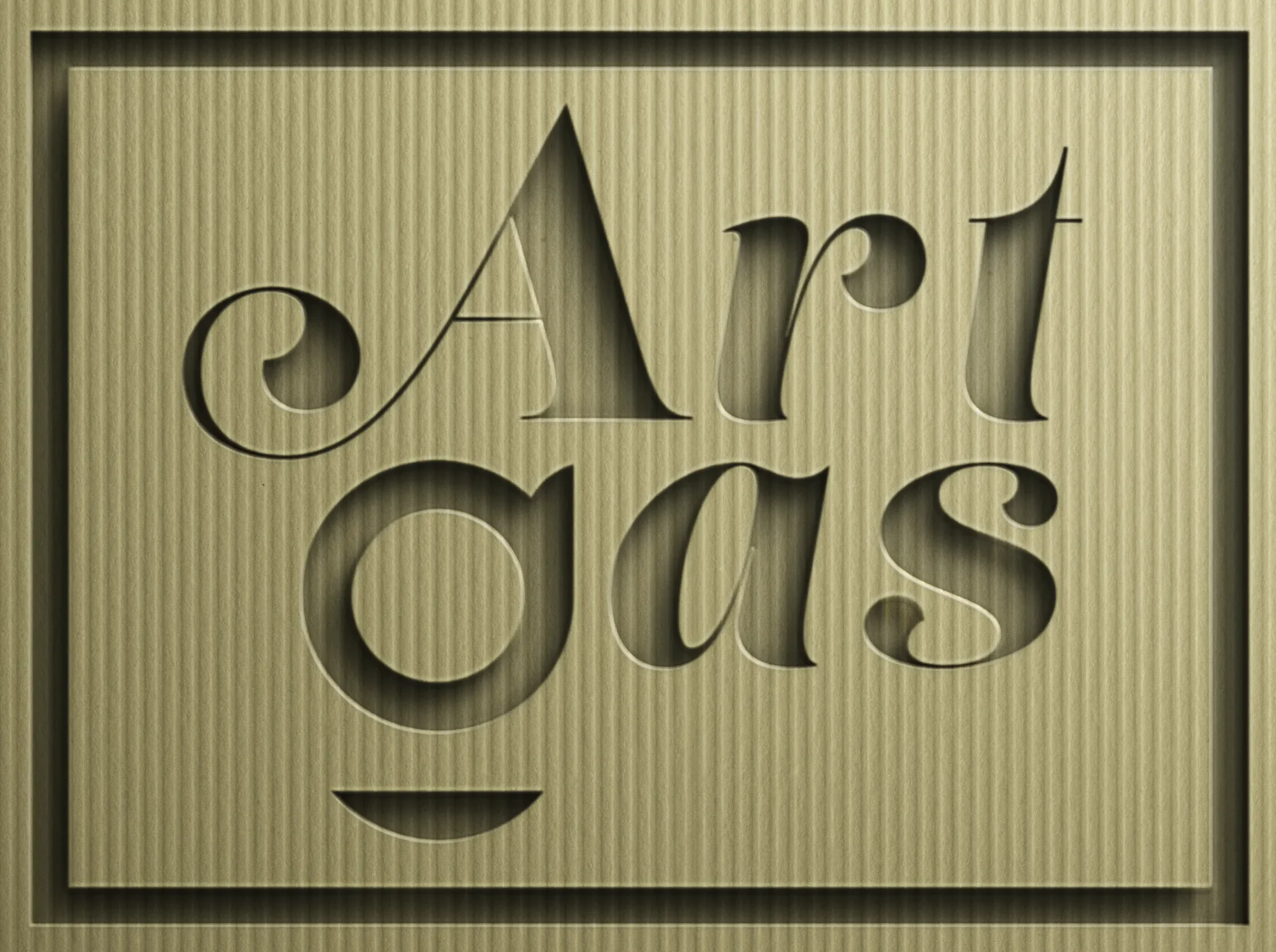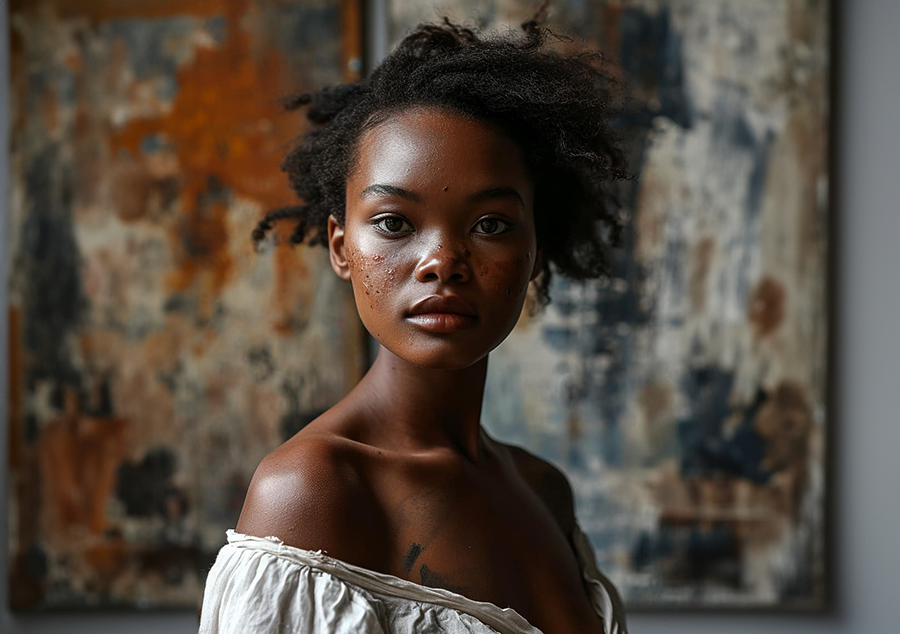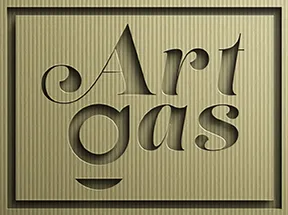Is AI Art Real Art?
The question of whether AI art is real art is a complex one that has been debated by artists, critics, and philosophers alike. There is no easy answer, as the definition of art is itself contested. However, there are some key points to consider when thinking about this question.
First, it is important to define what we mean by “AI art.” AI art is a broad term that encompasses a wide range of artworks created with the help of artificial intelligence (AI). These artworks can be created in a variety of ways, but they all involve AI in some way. For example, some AI art is created by algorithms that are trained on large datasets of images or paintings. These algorithms can then generate new images that are similar to the ones they were trained on. Other AI art is created by humans who interact with AI systems to create new artworks.
Once we have defined AI art, we can start to think about whether it is real art. One way to think about this is to consider the traditional definition of art. Art is often defined as something that is creative, expressive, and has aesthetic value. AI art can certainly be creative and expressive. For example, some AI-generated images are so realistic that they are indistinguishable from human-made paintings. Additionally, AI art can have aesthetic value. Some people find AI-generated images to be beautiful and thought-provoking.
However, there are some who argue that it is not real art because it is not created by humans. They argue that art must be created by a human mind in order to be considered art. This argument is based on the idea that art is a form of human expression. However, it is important to remember that art can also be created by machines. For example, music can be composed by computers.
Ultimately, the question of whether AI art is real art is a matter of opinion. There is no right or wrong answer. However, by considering the definition of art and the different ways that AI art is created, we can start to develop a more nuanced understanding of this emerging field.
What is Art?
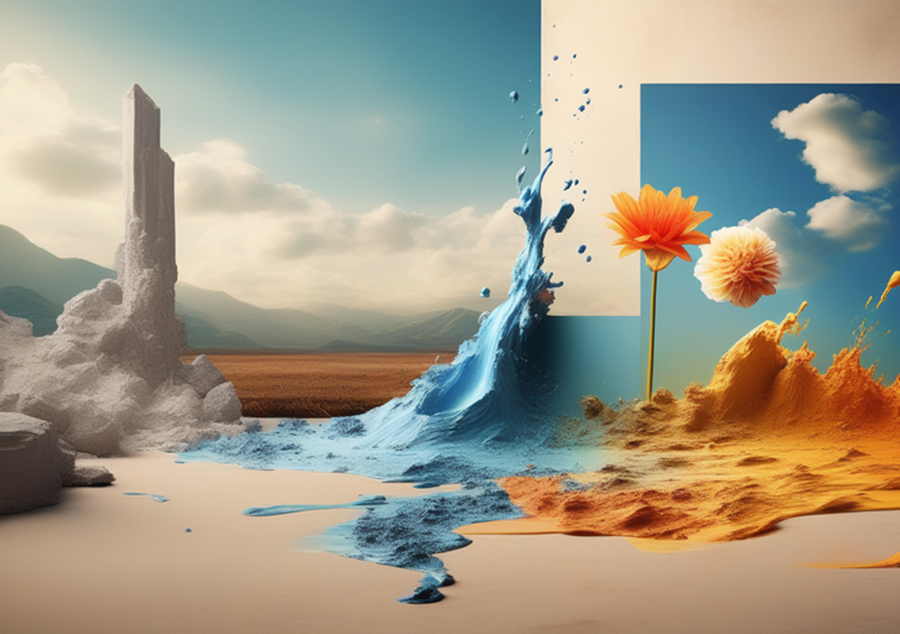
The question of what is art is a complex one that has been debated by philosophers and artists for centuries. There is no single definition of art that everyone agrees on, but there are some common characteristics that are often associated with art.
One common characteristic of art is that it is creative. Art is often seen as a way for people to express their unique vision of the world. Artists use a variety of techniques and materials to create their work, and they often experiment with new ways of expressing themselves.
Another common characteristic of art is that it is expressive. Art can be used to express a wide range of emotions, such as joy, sadness, anger, and love. It can also be used to communicate ideas and messages.
Art can also be beautiful or aesthetically pleasing. However, not all art is intended to be beautiful. Some art is meant to challenge our perceptions or make us think about the world in new ways.
Ultimately, what is art is a matter of interpretation. There is no right or wrong answer, and what one person considers to be art, another person may not.
What is AI Art?
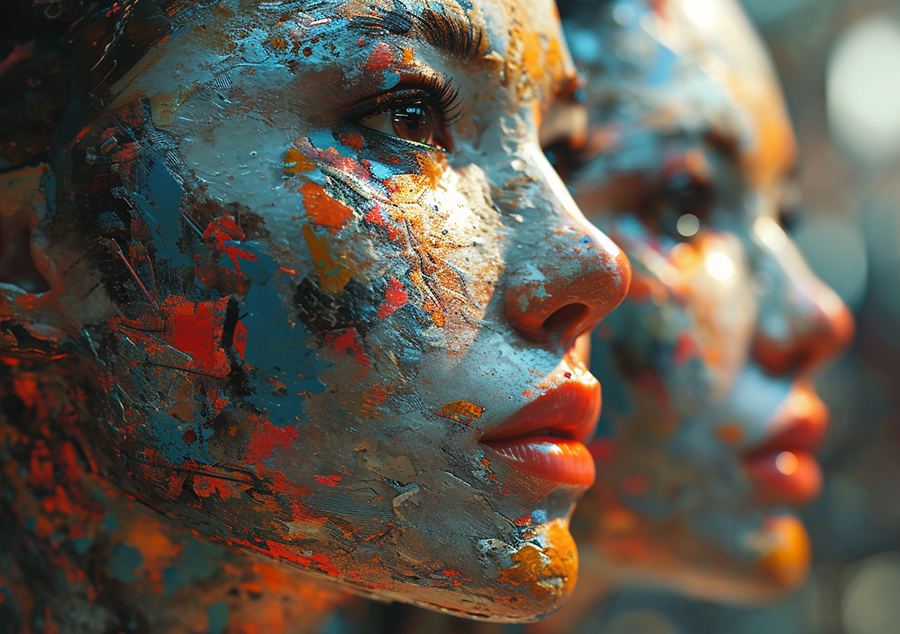
It is a type of art that is created with the help of artificial intelligence (AI). AI systems can be used to generate images, paintings, music, and other forms of art.
There are many different ways to create AI art. One common approach is to train an AI system on a large dataset of images or paintings. The AI system can then learn to generate new images that are similar to the ones it was trained on.
Another approach to AI art is to use an AI system to interact with a human artist. The AI system can be used to generate suggestions or ideas for the artist, or it can be used to help the artist create a new artwork.
AI art is a rapidly growing field, and there are many new and innovative ways to create AI art being developed all the time.
What is the difference between a traditional artist and an AI artist?
The main difference between a traditional artist and an artificial intelligence artist, is that a traditional artist creates art by hand, while the other creates art with the help of a computer.
Traditional artists use a variety of tools and materials to create their work, such as paint, pencils, and clay. They often spend many hours working on their art, and they may make many revisions before they are satisfied with the results.
Artificial intelligence artists, on the other hand, use computer machine learning systems to create their art. These systems can generate images, paintings, music, and other forms of art much faster than a traditional artist could. However, they still need to be creative and have a vision for their art. They need to be able to communicate their ideas to the machine learning system, and to give feedback on the results.
In addition, AI artists need to be aware of the limitations of the systems. Machine learning systems can be biased, and they can sometimes generate inaccurate or offensive content.
How is AI Art made?
There are many different ways to create AI art. One common approach is to train an AI system on a large dataset of images or paintings. The AI system can then learn to generate new images that are similar to the ones it was trained on.
Another approach to AI art is to use an AI system to interact with a human artist. The AI system can be used to generate suggestions or ideas for the artist, or it can be used to help the artist create a new artwork.
Here are some of the most common techniques used to create AI art:
- Generative adversarial networks (GANs) are a type of AI system that can be used to generate realistic images. GANs work by training two AI systems against each other. One system, the generator, is responsible for creating new images. The other system, the discriminator, is responsible for distinguishing between real images and fake images.
- DeepDream is a technique that can be used to create psychedelic images from ordinary photographs. DeepDream works by feeding a photograph into a deep learning neural network and then asking the network to identify patterns in the image. The network then generates new images that highlight these patterns.
- Neural style transfer is a technique that can be used to transfer the style of one image to another image. Neural style transfer works by feeding two images into a deep learning neural network. The network then learns to identify the style of the first image and to apply that style to the second image.
The AI Art debate
The rise of AI art has sparked a debate about the nature of art and creativity. Some people argue that AI art is not real art because it is not created by human hands. They argue that art must be created by a human mind in order to be considered art.
Others argue that AI art is just as valid as art created by humans. They argue that art can be created by machines, and that AI art can be just as creative and expressive as human-made art.
The debate over AI art is likely to continue for many years to come. As AI art becomes more sophisticated, it will become increasingly difficult to distinguish between AI-generated art and human-made art. This will only serve to further complicate the debate.
Will AI Art devalue traditional art work?
Some people worry that AI art will devalue traditional art work. They argue that AI art will be so cheap and easy to create that it will drive down the prices of traditional art.
Others argue that AI art will not devalue traditional art work. They argue that there will always be a demand for unique and handmade art. They also argue that AI art can be used to complement traditional art, rather than replace it.
It is too early to say whether AI art will devalue traditional art work. However, it is clear that AI art is a powerful new tool that has the potential to change the art world.
Conclusion
AI art is a rapidly growing field, and there are many new and innovative ways to create AI art being developed all the time. It is an exciting time to be involved in the arts, and it will be interesting to see how AI art develops in the years to come.
I hope this blog post has given you a better understanding of AI art. If you have any questions, please feel free to leave a comment below.
